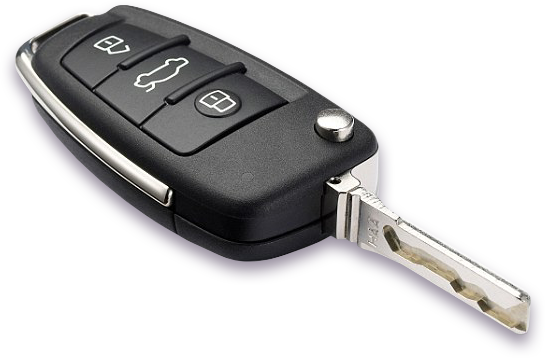Back in mists of time when automobiles first réparation elv on the roads instead of horses, their keys were basic at best, or more often did not exist at all. Early vehicles were open-topped and just had an ignition switch, as theft was never thought of as an issue then. In fact, potential thieves probably could not drive those cars in the first place, and there were so few around that their presence was obvious and most people knew the ‘real’ driver! Nothing changed much right up until the end of the 20th century. By then, cars mostly were fitted with locks that were similar to those on house doors, though rather less complex.
The revolution involving car keys came a mere handful of years ago. The turning point was when manufacturers started to look at fitting central locking to cars. Allowing all the doors to be locked or unlocked from one point, this system was the natural follow-on from the introduction of electronics into vehicle systems. Since that point, massive advances have been made – and at a rapid pace. Electronic vehicle systems hit the headlines with the changes resulting from the invention of the computer chip, and makers rapidly took advantage of the miniaturization these devices made possible. Combining computer chips with the power of radio-wave technology finally gave vehicle designers to potential to offer systems where the key and the car could interact to perform various functions.
The need for increased vehicle security, largely dictated by the insurance industry, led to the subsequent developments. Car companies now had the possibilities open to them to use remote key ‘fobs’ which soon became a physical, miniature part of the key itself. This meant that as a driver, you only had to push a button when near to a car to unlock the doors.
Subsequent refinements meant that other things could be incorporated, and they soon were. Electric windows and sunroofs could be closed at the touch of a button, and for convertibles, the hood could be lowered or raised by remote control. Citroen remote keys, Ford remotes, Vauxhall remote keys, Peugeot remote keys… the list became never-ending as makers competed with each other to give customers more and more possible functions triggered by their keys.
Things seemed to have reached the ultimate development, but technology stepped in once again, as makers started to think about whether a physical key and door lock was actually necessary at all. After all, the presence of an external lock was all but an open invitation to car thieves. The Renault key cards were the first of these systems. Replacing a physical key, this was a thin, plastic card that enabled the car to be unlocked at the push of a button and when inserted in the dashboard, allowed the vehicle to be started. This system reached its current ultimate in the hands of Mercedes Benz. With the Mercedes system, the card only needs to be in the pocket of a user. Merely touching the door handle unlocks the car, which can then be started with a button on the dash.
This technology is remarkable in terms of ease of use, but like all technology it has its downsides. Lost car keys or broken car keys used to be a problem, but with the new technology the problem becomes a nightmare. Lose your remote key and you might have to not only buy a new one from a main dealer, but also have to have all the locks replaced. Neither a cheap job nor a quick one. However, as is so often the case, technology produces an answer, then produces a problem, then produces a solution.
Today there are a number of car keys specialists who have the technology not only to cut keys and program replacement key fobs from an existing key, but also to ‘cut to code’. This remarkable technology takes advantage of the fact that every vehicle is not only different, but has all its information stored by the manufacturer. In the event that a key is completely lost, provided someone can prove legitimate ownership, then replacement car keys or remotes can be produced effectively from scratch. This service is now being provided by a number of specialist companies.



